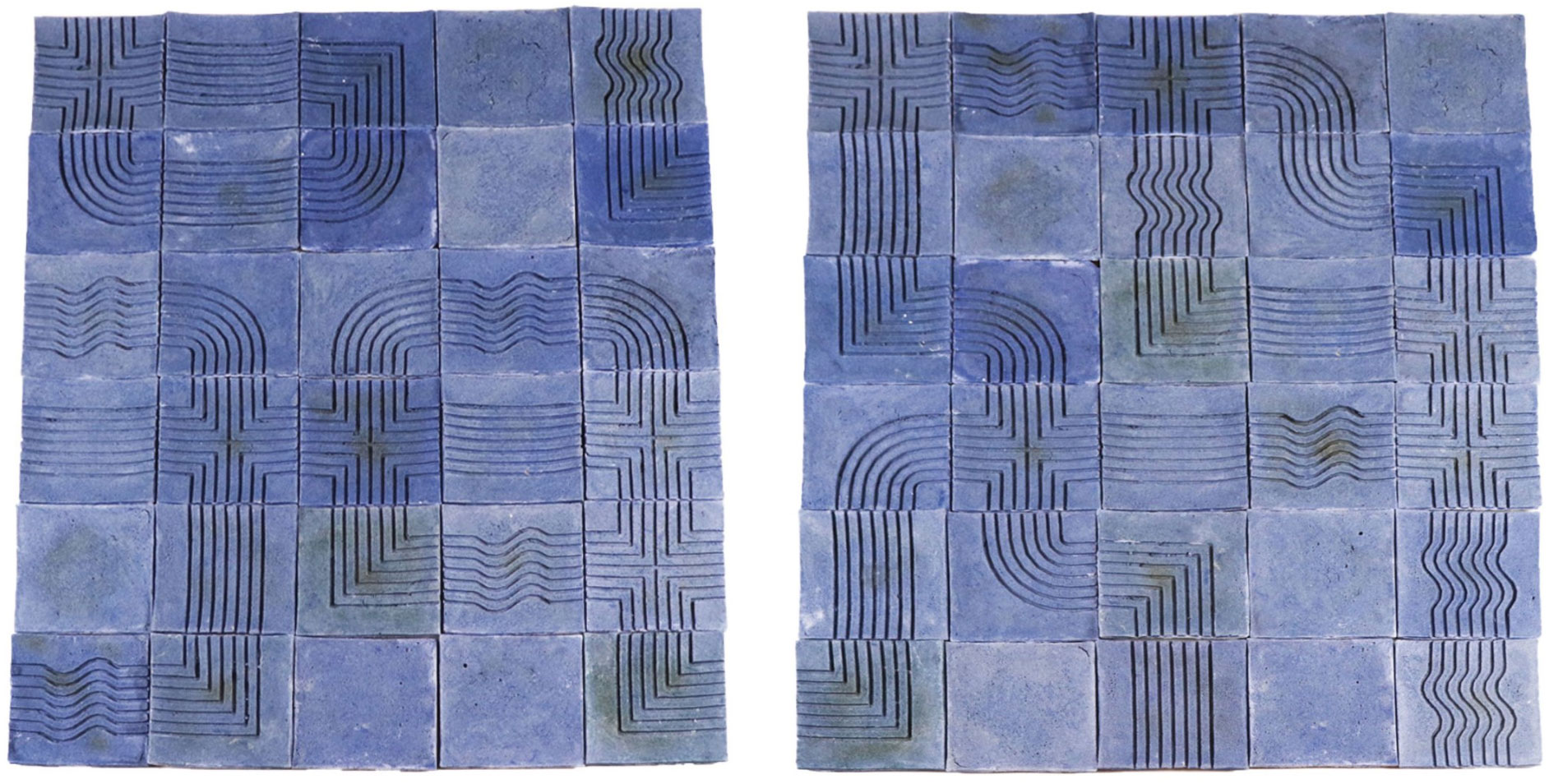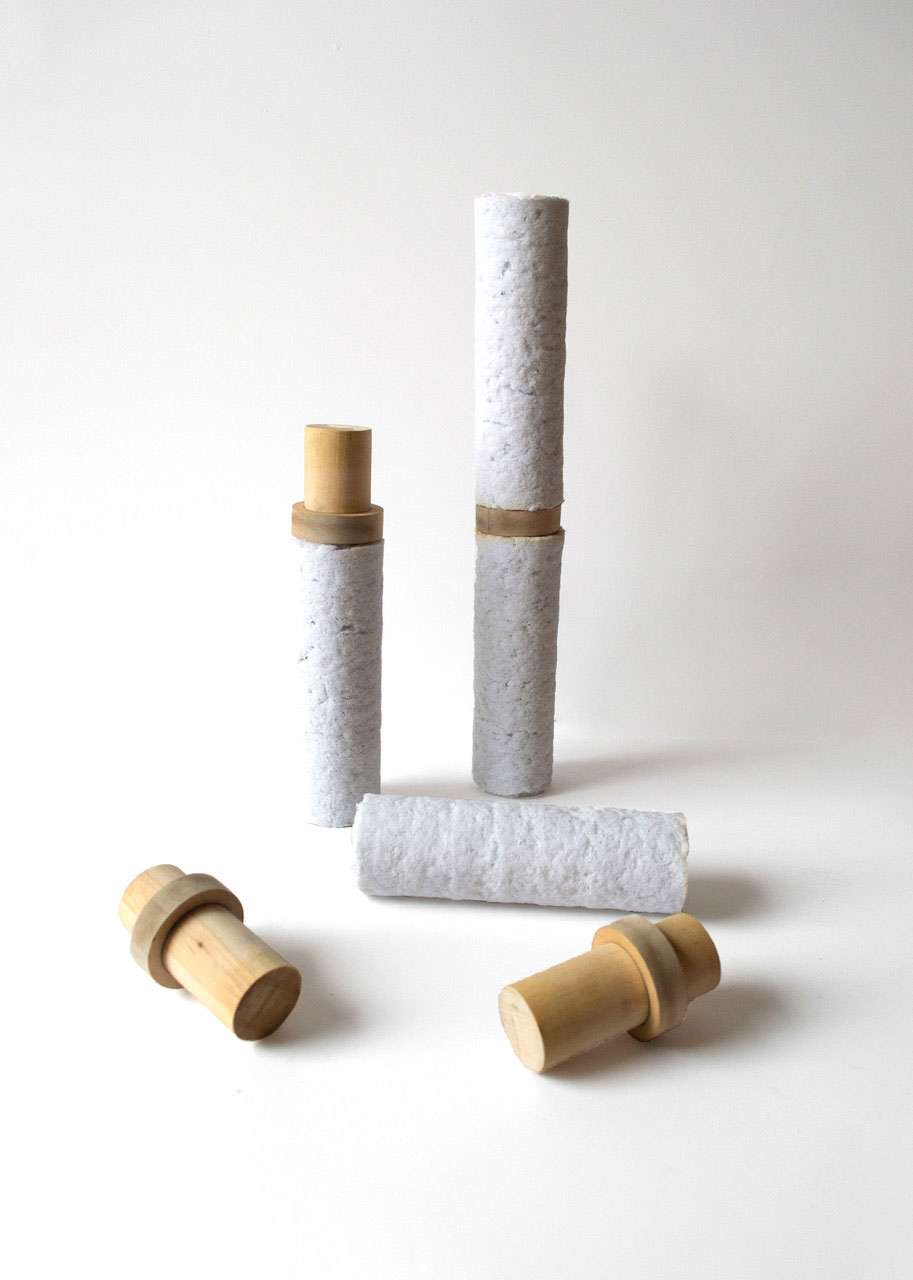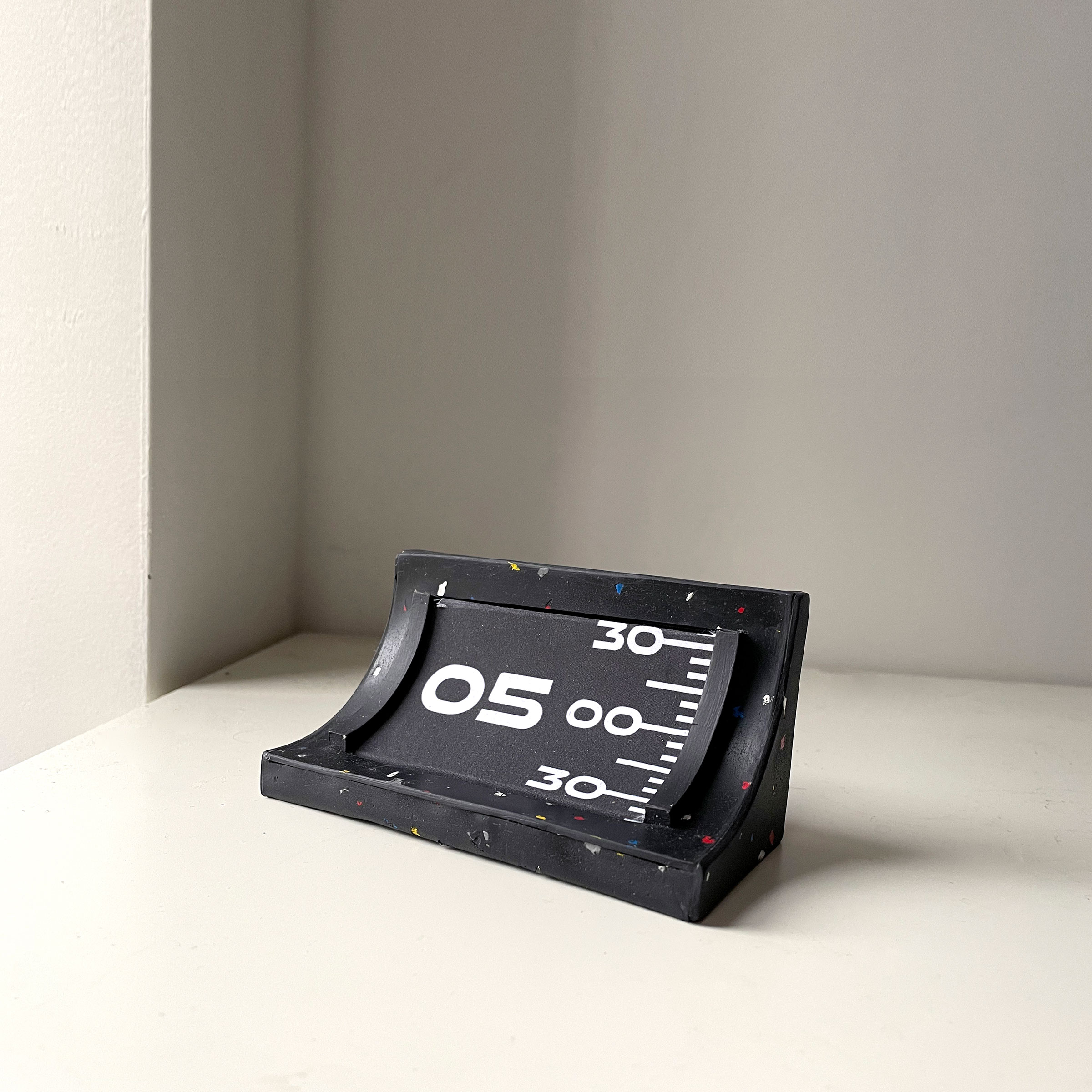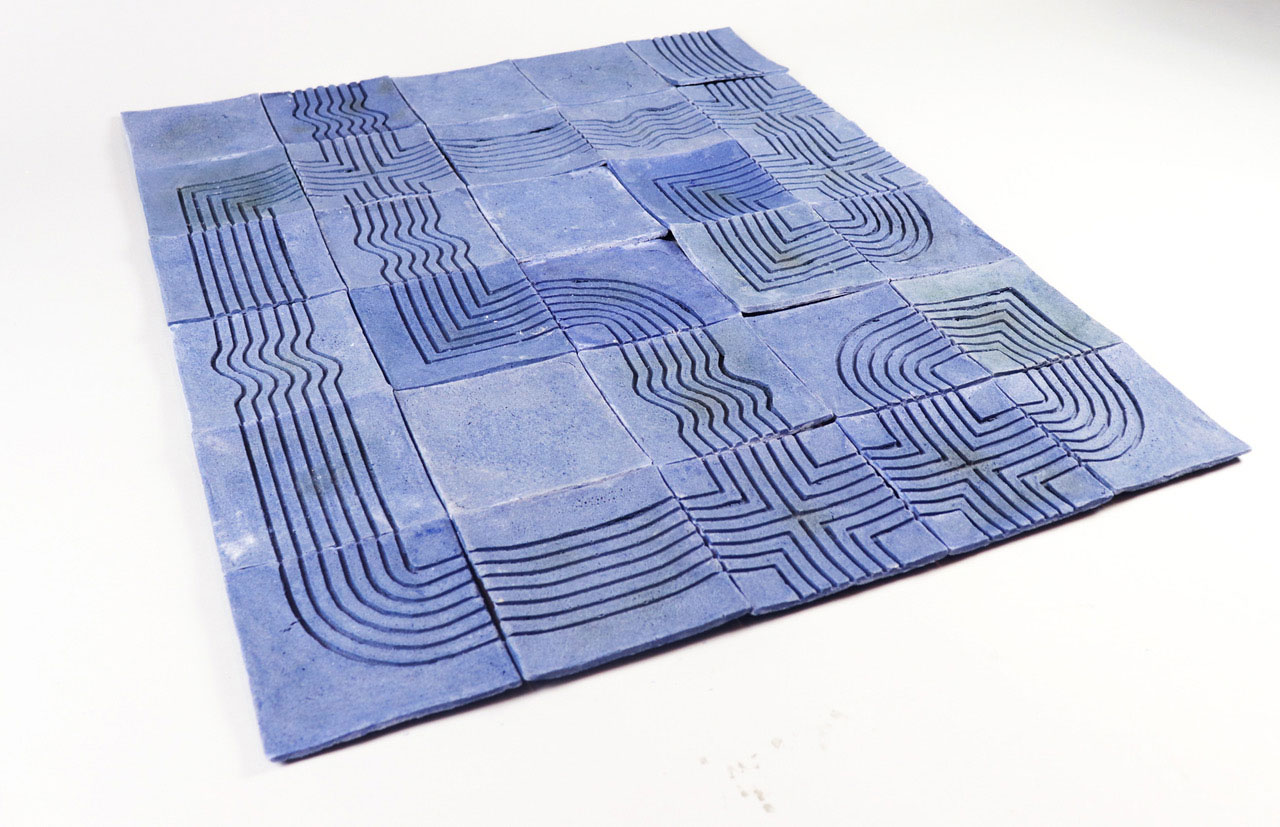As the global waste crisis continues to grow every year, so does the urgency to re-examine what goes into the world’s landfills and oceans, and find more sustainable approaches to waste generation, materials, and product life cycles. Pratt students are examining opportunities and new ideas to address these critical issues. This year’s Material Lab Prize recognizes three students whose recent projects rethink materials and items/byproducts that might otherwise be thrown away and reuse them in new ways.
Founded in 2020, Pratt’s Material Lab is a collaborative research center with resources and programming to advance the study of design materials at Pratt and help students gain a fluent understanding of materials. The annual Pratt Material Lab Prize recognizes exceptional student work that uses waste streams as a springboard for innovative design thinking and material exploration.
“At this stage of the global climate crises, it’s easy to feel resigned, pessimistic, but many emerging designers see a way forward,” said Jay Lemire, director of production, labs, and material research in the School of Design. “Through research and iteration, these projects use the materials we have around us as the basis for experimentation in search of an application. It’s startlingly practical: we have the materials at home.”
The 2022 Material Lab Prize was awarded to Charlotte Reiter, MID ’24, for her project “Gonecrete,” which conceived of a way to use natural starches from rice and corn to make a biodegradable alternative to concrete. Reiter’s research found that in the US alone, more than 400 million tons of these widely grown crops end up as waste, usually in landfills. Asking what if that waste could be turned into usable material, Reiter went a step further by using Gonecrete to create Terratile, a set of scalable tiles that can be used in floor or wall applications in a wide range of easily customizable patterns.

Artists, designers, and design professionals whose practices center material exploration and research made up this year’s jury, which included Brooklyn-based artists and designers Thomas Barger and Joseph Algieri alongside educators and designers Garrett Benisch and Elizabeth Bridges, co-founders of OurCarbon.
The jury was especially impressed by the Gonecrete project’s rigorous research process and potential for a variety of applications. Bridges said, “What I loved about [Charlotte’s entry] is that unlike a lot of people in interior products concerned with durability, this product is not about that. It goes beyond that idea to rethink applications in tons of places for replaceable tiles and more.”

The jury awarded an honorable mention to Emma Winick, MID ’24, for the project “Durafluff,” which transforms soft upholstery filling materials recovered from furniture waste—only 0.3% of which is currently recycled—into solid forms that can be used to make modular furniture that is both sturdy and easily biodegradable.

Hsiao-Chien Hung, MID ’24, also received an honorable mention for “Paintdora,” a project inspired by when a friend repainted her apartment. Hung wondered whether leftover paint is a problem, and found that almost none of the 75 million gallons of unused paint in the US every year gets recycled. Paintdora repurposes leftover paint into a material similar to rubber or leather that can be used to create attractive items of home décor, such as a wall clock.
“These projects are tackling legitimate environmental challenges and it would be exciting to see them manufactured or managed at an industrial scale,” Algieri said.
All the submissions to the 2022 Material Lab Prize are available to explore online, as well as the winning 2020 and 2021 projects.
